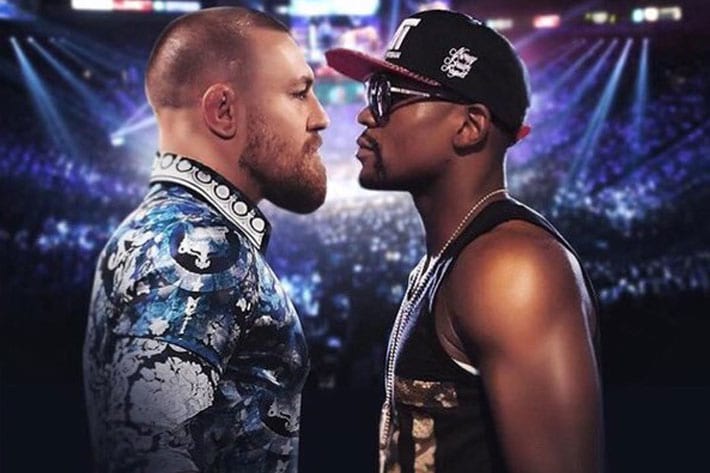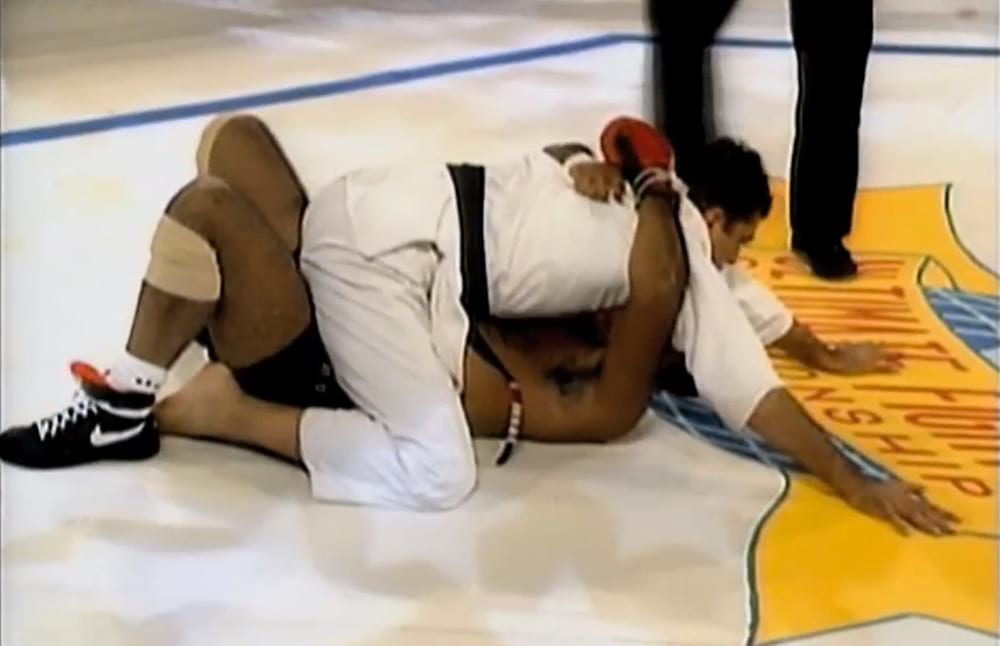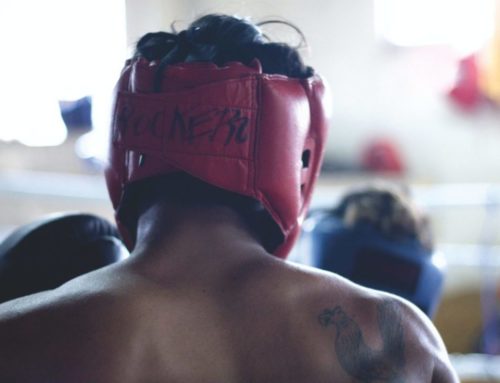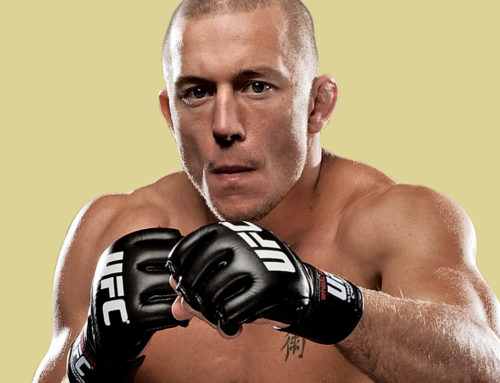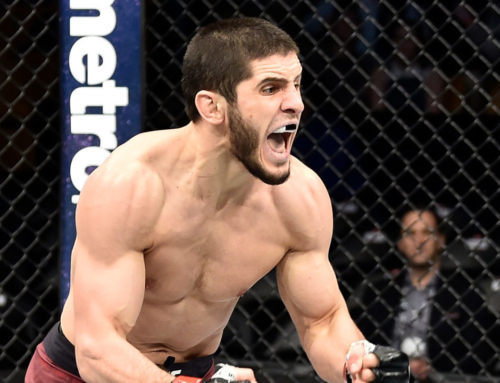By Sam Vickery
Mixed Martial Arts (MMA), the fastest-growing sport in the world, has taken a massive plunge into the mainstream over the last ten years, thanks in large part to the UFC’s success, and recently sold for $4.2 billion. However, while many think MMA began with the UFC in 1993, it actually has roots much deeper.
The roots of MMA begin in ancient Greece. During the early Olympic games, one of the events was pankration, which, roughly translated, means “all powers”, and in pankration there were only two rules: no eye gouging and no biting. Competitors would utilise techniques from boxing and wrestling, which were already popular sports of the games, and the winners of pankration would become myths and legends in Greece.
It is believed a Buddhist monk travelling through India saw these aspects of pankration and took them back to the East, spawning the birth of kung-fu, judo and karate. This then led to a judo expert travelling through Brazil, where he started to teach his skills, and would eventually culminate in the birth of Brazilian jiu-jitsu.
In 1917, Carlos Gracie decided to start learning judo techniques after watching a competition. When he moved back home due to financial difficulties, he decided to teach his brothers the art. One of his brothers, Helio, was small and sick and couldn’t possibly be strong enough to beat his brothers, so, because of this, Helio had to develop techniques to use his opponents’ strength against them. Between them, Carlos and Helio created and developed Brazilian jiu-jitsu.
The Gracie family would all learn BJJ and, keen to test their skills, go on to create the Gracie challenge. Initially a challenge laid down by Carlos Gracie, it was a challenge to all other martial artists to see if they could beat the Gracie jiu-jitsu system. The only rules were that you could only win if the other competitor lost consciousness or submitted. Essentially no-holds-barred, this eventually gave birth to Vale Tudo in Brazil, a bare knuckle, anything goes competition, which laid much of the groundwork for modern MMA.
Ultimately, the whole purpose of the challenge was to prove that BJJ was more effective than other martial arts. The challenges would extend into modern MMA and would have matches in promotions such as Pancrase and Pride in Japan until the early 2000s.
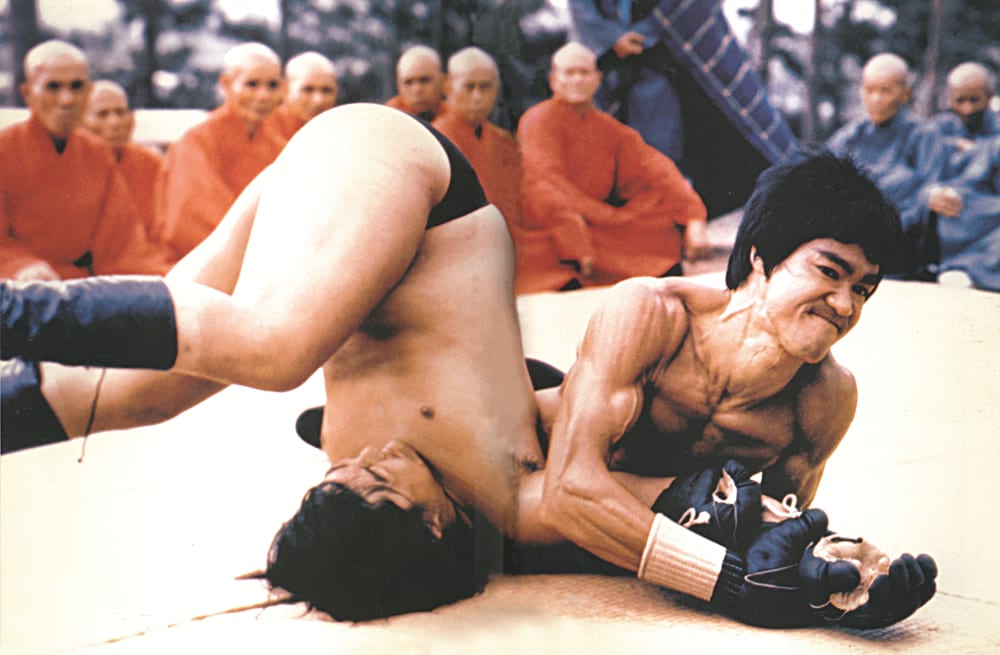
In the seventies, the rise of the kung-fu movie thrust Bruce Lee into the spotlight of the western world, something that prompted Dana White to state Lee is the “father of mixed martial arts”. Lee was reluctant to say any one martial art was superior to the others and famously said: “The best fighter is not a boxer, karate or judo man. The best fighter is someone who can adapt to any style, to be formless, to adopt an individual’s own style and not following the system of styles.”
Lee developed his own system, Jeet Kune Do, so that people learning martial arts could be free with their choices in style and not have to follow patterns like others. It was based around simplicity, directness and effectiveness. It would, he felt, work in real life scenarios.
During the sixties and seventies the world had changed and nearly everybody had a television. This resulted in many freak show fights. Muhammad Ali vs. Antonio Inoki, for example, was a huge televised event in 1976, as people were desperate to know what happened when a legendary boxer faced a pro wrestler. The fight was a 15-round draw and both fighters refused to engage in the other’s style. Ali’s legs, however, were so badly damaged from kicks he was in hospital for three days.
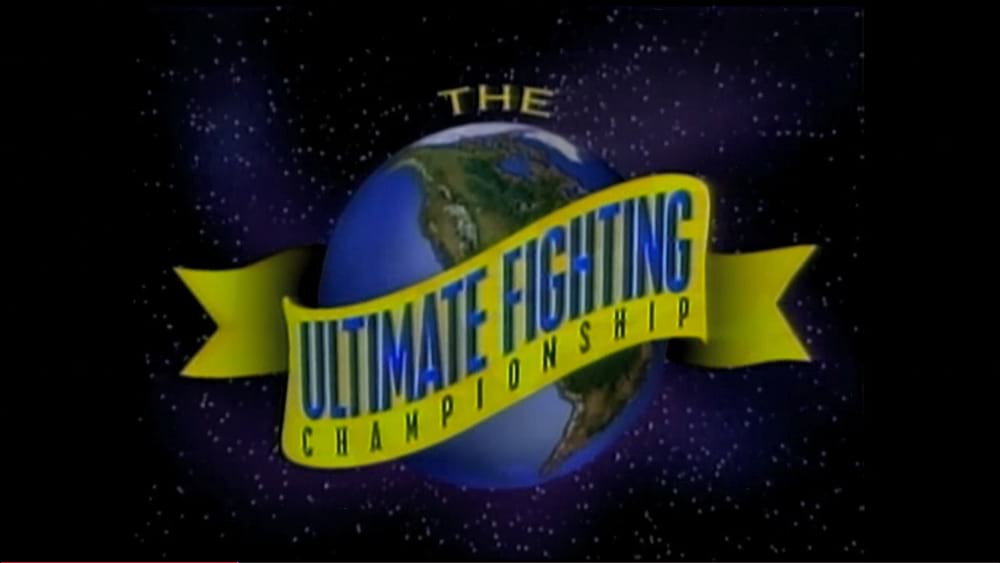
Although freak show events would occasionally appear on television, nobody had ever put together a tournament to see which style would conquer all. But the first UFC event in 1993 changed that. That night, prohibited moves included eye gouging and biting, there we no judges, weight classes, rounds or time-outs, and the main ways to win were by submission, knockout or the corner throwing in the towel. The smallest entrant, Royce Gracie, would win this event, sparking an explosion of Brazilian jiu-jitsu all over the world.
While the UFC added elements over the years, such as weight classes and mandatory gloves, there was no definitive set of rules until 2000, when UFC referee John McCarthy and matchmaker Joe Silva helped implement the unified rules.
This is the MMA world you see today. Little things change from time to time, but the platform is pretty much the same and these additions to the rules have allowed MMA to become acknowledged as a legitimate sport.
Twenty-four years after its birth, the UFC is a multi-billion dollar company and its star attraction, Conor McGregor, is about to fight Floyd Mayweather, boxing’s biggest name, in a pay-per-view event that will generate more revenue than any other in fight sports history.
